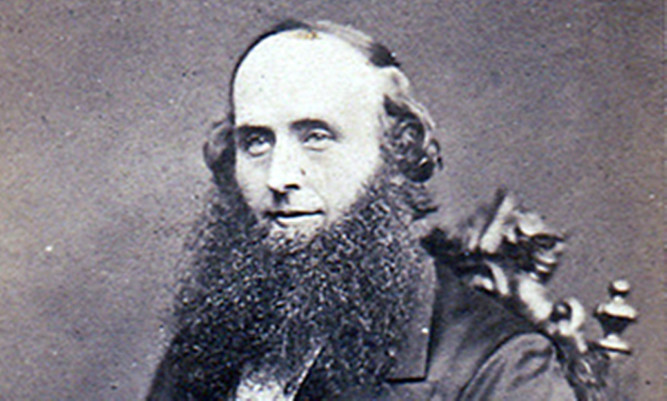The notorious case of a murderous Glasgow doctor has come to light in newly-released archives from the Victorian era.
Edward William Pritchard poisoned his wife and mother-in-law in the infamous episode from 1865.
He was found guilty at the High Court in Glasgow and confessed to the killings before becoming the last man hanged in the city.
Archivists at the National Records of Scotland uncovered an entry in that year’s valuation roll which describes the doctor’s house at 131 Sauchiehall Street as unoccupied.
At the time the roll was compiled, his wife and mother were dead and Dr Pritchard was in prison awaiting trial.
The doctor poisoned Mary Jane Pritchard using antimony and aconite under the guise of medical treatment. She was nursed by her mother, Mrs Taylor, who also met her death while staying at the property.
Mrs Taylor supposedly died of paralysis and apoplexy and Mrs Pritchard of gastric fever, however post-mortem examinations proved the death certificates and the doctor’s sworn medical declarations to be false.
The entry for Dr Pritchard is one of almost 140,000 indexed names and addresses for Glasgow in the digitised 1865 rolls which are being released today on ScotlandsPeople.gov.uk.
Tim Ellis, Registrar General and Keeper of the Records of Scotland, said: “The Valuation Rolls for 1865 provide a window into the lives of mid-Victorian Scots for anyone who wants to discover more about their ancestors or the history of local communities.
“The example of Dr Pritchard reveals a small but telling detail in an infamous episode. The latest release is part of the commitment by the National Records of Scotland to provide access to the key records that researchers want.”
Annelies van den Belt from Findmypast, which administers the ScotlandsPeople website, said: “These new records will complement the six previous releases of Valuation Rolls spanning the 60 years from 1865 to 1925, and will also help family historians who are looking to fill in gaps between the 1861 and 1871 censuses.”
